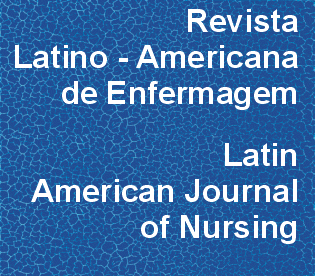Individualized teaching programming for a virtual learning environment: development of content concerning nursing records
DOI:
https://doi.org/10.1590/S0104-11692013000700016Keywords:
Education, Nursing, Nursing Education Research, Nursing Records, Educational TechnologyAbstract
OBJECTIVE: Describe the planning of contents on nursing records for use in a virtual learning environment, based on Individualized Teaching Programming, a didactic resource that uses basic principles of behavioral analysis. METHOD: Final objectives were specified, after defining the intermediary components to achieve each final objective, as well as the preliminary requirements for each intermediary component. At the end of this process, teaching activities were planned and organized in steps the students need to develop. RESULTS: By breaking up the contents into behaviors, seven action categories emerged: impartiality, organization, honesty, objectiveness, coherence, readability and discernment. CONCLUSION: the use of Individualized Teaching Programming as a didactic resource to plan contents on nursing records is feasible to identify the units and modules for the development of a course in a virtual learning environment for nursing professionals.Downloads
Download data is not yet available.
Downloads
Published
2013-02-01
Issue
Section
Original Articles
License
RLAE’s authorship concept is based on the substantial contribution by each of the individuals listed as authors, mainly in terms of conceiving and planning the research project, collecting or analyzing and interpreting data, writing and critical review. Indication of authors’ names under the article title is limited to six. If more, authors are listed on the online submission form under Acknowledgements. The possibility of including more than six authors will only be examined on multicenter studies, considering the explanations presented by the authors.Including names of authors whose contribution does not fit into the above criteria cannot be justified. Those names can be included in the Acknowledgements section.
Authors are fully responsible for the concepts disseminated in their manuscripts, which do not necessarily reflect the editors’ and editorial board’s opinion.
How to Cite
Individualized teaching programming for a virtual learning environment: development of content concerning nursing records . (2013). Revista Latino-Americana De Enfermagem, 21(spe), 122-130. https://doi.org/10.1590/S0104-11692013000700016



